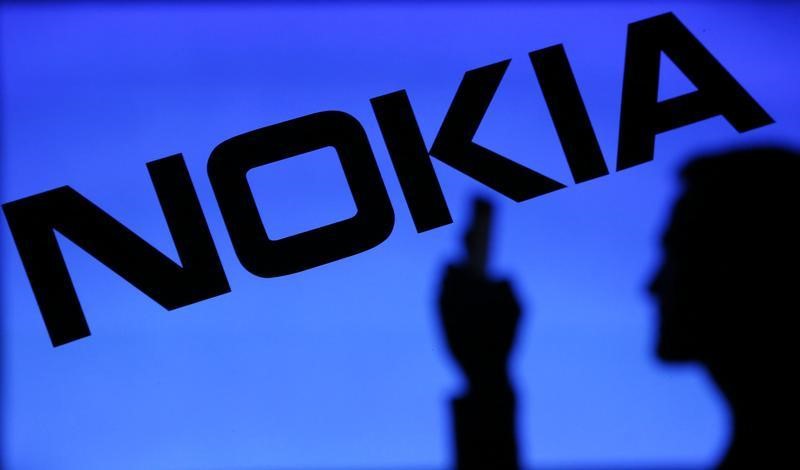In the world of technology and telecommunications, Nokia has been a prominent player for decades. With a rich history of innovation and market presence, the company has weathered many storms and shifts in the industry. However, the recent news of Nokia’s shares falling as Q3 sales miss estimates has raised concerns and generated discussions within the business community.
The third-quarter sales performance of Nokia has come as a disappointment to investors and analysts alike. Falling short of estimates, the decrease in sales has led to a decline in the company’s stock value. This development has prompted questions about the factors contributing to this downturn and the implications for Nokia’s future.
One of the key factors that may have influenced Nokia’s Q3 sales missing estimates is the highly competitive nature of the telecommunications industry. With intense competition from other major players in the market, such as Apple, Samsung, and Huawei, Nokia has had to navigate challenges in maintaining its market share and profitability. The rapidly changing landscape of technology and consumer preferences further complicates the situation, requiring companies like Nokia to adapt quickly to stay relevant.
Additionally, issues related to supply chain disruptions and production challenges may have also played a role in the disappointing sales performance. The global pandemic has severely impacted various industries, including technology, leading to disruptions in manufacturing and distribution processes. These challenges have not only affected Nokia but have also been a common concern for many companies operating in a globalized market.
Furthermore, shifts in consumer behavior and demand patterns could have contributed to Nokia’s Q3 sales missing estimates. As consumers increasingly gravitate towards more advanced and feature-rich smartphones, Nokia’s product offerings may have struggled to meet these evolving preferences. Adapting to changing consumer trends and expectations is crucial for companies in the technology sector to stay competitive and sustain growth.
Looking ahead, Nokia faces the challenge of regaining investor confidence and charting a path towards recovery. The company may need to reassess its strategies, strengthen its market position, and invest in innovation to remain competitive in the rapidly evolving tech landscape. Collaboration with partners, investment in research and development, and a focus on customer-centric solutions could be some ways for Nokia to navigate the current challenges and drive future growth.
In conclusion, Nokia’s shares falling as Q3 sales miss estimates underscores the complexities and uncertainties that companies in the technology industry face. The challenges posed by intense competition, supply chain disruptions, and evolving consumer preferences require companies like Nokia to adapt, innovate, and strategize effectively to stay resilient and thrive in a dynamic market environment. By addressing these challenges head-on and leveraging its strengths, Nokia can position itself for long-term success and growth in the ever-changing tech industry.



